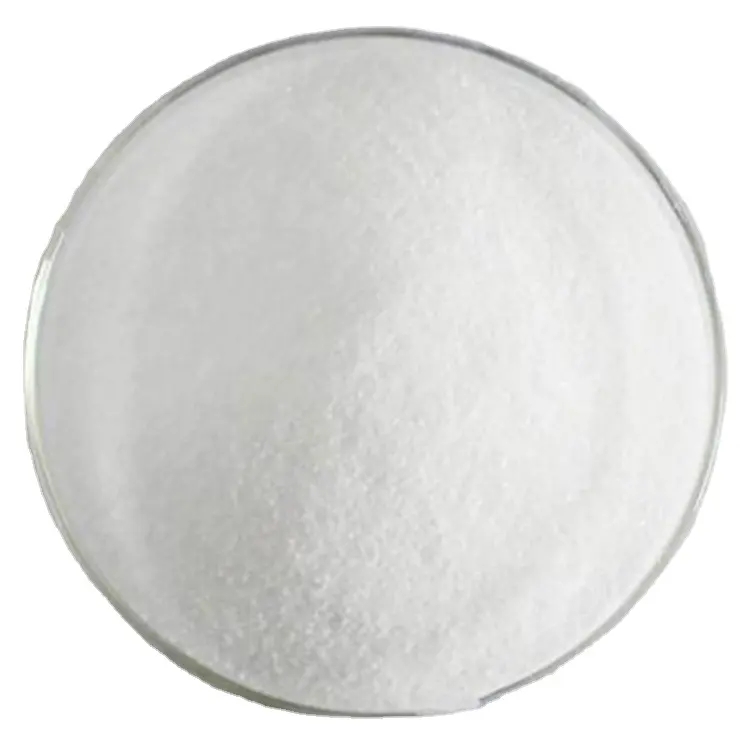
8 月 . 07, 2024 22:40 Back to list
Impact of E171 on Food Manufacturers and Its Regulatory Implications for Consumer Safety
E171 in Food Manufacturing Understanding its Role and Controversy
E171, also known as titanium dioxide, is a widely used additive in the food industry, primarily serving as a colorant and opacifier. This compound is largely utilized to enhance the visual appeal of a variety of products, ranging from candies and baked goods to sauces and dairy items. Titanium dioxide helps create a bright white color and improves the overall appearance of food products, making them more attractive to consumers. However, the use of E171 has been a subject of controversy and scrutiny in recent years due to its potential health implications.
E171 in Food Manufacturing Understanding its Role and Controversy
Significant concerns regarding the safety of E171 have been raised, particularly regarding its consumption in nanoparticle form. Studies suggest that consuming titanium dioxide may lead to the accumulation of nanoparticles in the gut, raising alarms about potential toxicity and long-term health effects. The European Food Safety Authority (EFSA) conducted a comprehensive review of E171 and concluded that there is insufficient evidence to determine its safety as a food additive. Based on these findings, the EFSA has recommended a re-evaluation of E171's safety, leading some countries to reconsider its acceptable use in food products.
e171 in food manufacturer

Moreover, the mounting evidence surrounding E171's potential health risks has sparked a debate among manufacturers, regulatory bodies, and consumers. In 2021, France took the lead by banning the use of E171 in food products, citing concerns over its safety and lack of definitive studies confirming its harmlessness. This ban reflects a growing trend among consumers who are becoming more health-conscious and demanding transparency in food ingredients.
Consumers are increasingly seeking out clean labels that denote products free from artificial additives and potential harmful substances. This evolving perception is influencing food manufacturers to rethink their ingredient lists, and many are opting to replace E171 with alternative natural colorants. For example, beetroot powder or other plant-based dyes are being explored as substitutes, providing color and appeal without the associated health concerns. This shift not only aligns with consumer demand for healthier options but also encourages innovation within the food manufacturing sector.
In conclusion, E171 plays a significant role in food manufacturing as a colorant and opacifier, but its safety and health implications are increasingly under scrutiny. As studies continue to emerge, food manufacturers are faced with the challenge of balancing consumer expectations for visually appealing products with the need to ensure safety and transparency. The growing trend toward natural and minimally processed food additives suggests that the future of food manufacturing could steer away from synthetic additions like E171. Ultimately, the focus on health and safety will likely drive the industry toward more responsible practices, emphasizing a commitment to consumer well-being and informed choices.
-
Lithopone for Plastic & TiO2 R-5568/SK-6658 Masterbatch Solutions
NewsMay.30,2025
-
China Leading Rutile TiO2 Manufacturer - R5566 & R996 Grades Available
NewsMay.30,2025
-
High-Purity Anatase & Rutile TiO2 Powder Trusted Manufacturer
NewsMay.30,2025
-
High-Purity Anatase Products Trusted Supplier & Manufacturer
NewsMay.29,2025
-
Best Price Eco-Friendly Rutile TiO2 Supplier & Wholesale Factory
NewsMay.29,2025
-
Chinese Anatase Titanium Dioxide for Ceramic Glaze Reliable Supplier
NewsMay.29,2025
